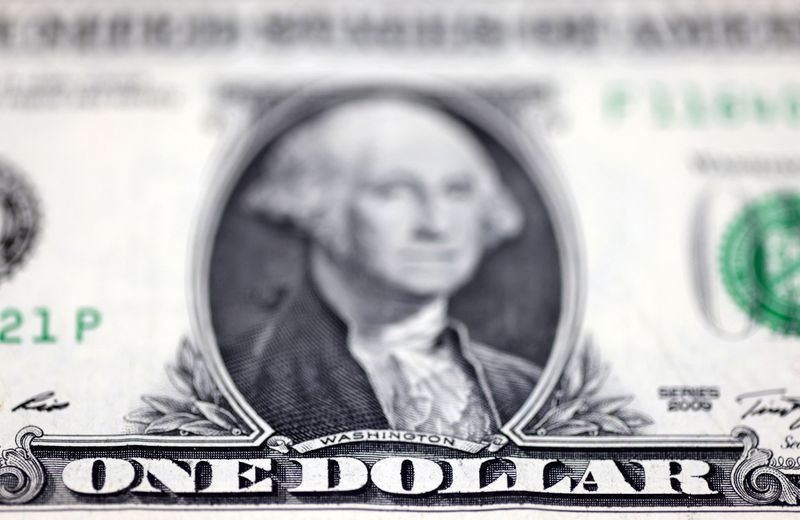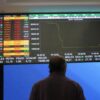By Ankur Banerjee
SINGAPORE (Reuters) -The dollar was steady on Monday after U.S. inflation data showed only a modest rise last month, easing some concerns about the pace of U.S. rate cuts next year, while the yen loitered near 156 per dollar, raising the possibility of intervention.
Investor sentiment was lifted when a U.S. government shutdown was averted by Congress’ passage of spending legislation early on Saturday.
In a holiday-curtailed week, trading volumes are likely to thin out as the year-end approaches.
The Federal Reserve last week shocked markets by projecting a measured pace of rate cuts ahead, sending Treasury yields and the dollar surging while casting a shadow on other economies, especially emerging markets.
But Friday’s data on the Fed’s preferred gauge of inflation showed moderate monthly rises in prices, with a measure of underlying inflation posting its smallest gain in six months. That eased some concerns about how much the Fed may cut in 2025.
Still, the annual increase in core inflation, excluding food and energy, remained stubbornly above the U.S. central bank’s 2% target.
Vasu Menon, managing director of investment strategy at OCBC, said the Fed’s shift has brought back the inflation spectre, which is likely to keep investors on edge.
“If U.S. inflation proves to be stickier than anticipated in the coming months, especially with Trump’s policies, a more hawkish Fed stance could set off near-term market volatility,” Menon said.
Traders are pricing in 38 basis points of rate cuts next year, shy of the two 25 bp rate cuts the Fed projected last week. The Fed had projected four cuts for 2025 in September. Market pricing has pushed the first easing of 2025 out to June, with a cut in March priced at around 53%.
The shifting expectation around rate cuts has left the , which measures the U.S. currency against six of its largest peers, steady at 107.78 on Monday, near a two-year high of 108.54 touched on Friday.
The euro was languishing at $1.0434, near a two-year low it touched in November, and is down 5.5% this year.
YEN FRAIL AGAIN
The dollar’s rise, coupled with the Bank of Japan standing pat last week and Governor Kazuo Ueda’s comments reducing the odds of a Japanese rate hike next month, has left the yen rooted near weak levels that could prompt the authorities to intervene.
The yen was easier at 156.65 per dollar, near a five-month low it touched on Friday. The yen’s slide has brought out verbal warnings from authorities in Tokyo, with analysts expecting more jawboning through the end of the year.
In what turned out to be another turbulent year, the yen breached multi-decade lows in late April and again in early July, sliding to 161.96 per dollar and spurring bouts of intervention from Tokyo. It then touched a 14-month high of 139.58 in September before giving up those gains, and is now back near 156.
The currency has been under pressure from a strong dollar and a wide interest rate gap that persists despite the Fed’s rate cuts. It is down more than 10% this year against the dollar and set for a fourth straight year of declines.
“The precarious element is we are now entering a period of thinner liquidity, so policymakers and market participants have to deal with the elevated risk of rapid moves that could push the yen to levels that have led to intervention in the past,” said Kyle Rodda, senior financial market analyst at Capital.com.
“The U.S. inflation data from Friday will help Japanese authorities because fundamentally the yen’s depreciation is about upside risks to inflation and rates in the United States.”
In other currencies, sterling was slightly ahead at $1.2582, while the Australian and New Zealand dollars were on steadier footing after touching two-year lows last week. [AUD/]

The last fetched $0.6258, while the was at $0.5657.
In cryptocurrencies, bitcoin was slightly lower at $94,215.

















